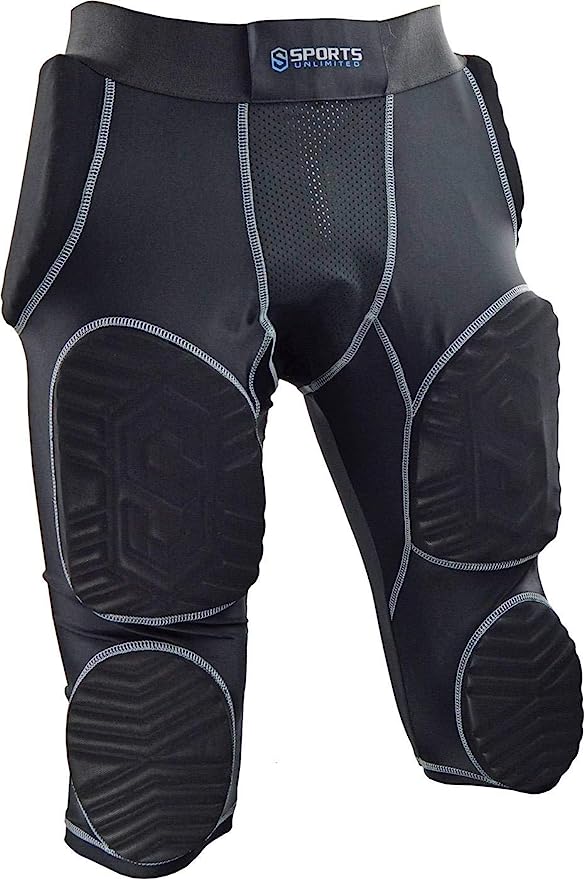Introduction:
Football girdles have come a long way since their inception, evolving from a necessary piece of equipment to a fashion statement on the gridiron. These undergarments, designed to provide support and protection to players, have a rich history that reflects the changing needs and trends of the sport. In this blog post, we will delve into the history of football girdles, tracing their journey from a practical necessity to a revered fashion statement on the football field.

The Emergence of Necessity:
a) Early Protective Measures: In the early days of football, players had limited protection against the physical nature of the sport. However, as the game grew more violent and injuries became commonplace, the need for additional protection emerged. This led to the development of padded garments, including the precursor to the modern football girdle.
b) Introduction of Padded Shorts: The first iterations of football girdles were simple padded shorts that players wore underneath their uniforms. These shorts featured minimal padding and were primarily constructed to protect the hips and thighs from impacts and collisions. Although rudimentary, these early versions laid the foundation for the evolution of football girdles.
Advancements in Design:
a) Enhanced Padding: As football evolved and became more physically demanding, the padding in girdles also became more sophisticated. Manufacturers began incorporating innovative materials, such as foam and gel, to provide better shock absorption and protection to players. Increased padding coverage extended to areas like the tailbone, providing comprehensive protection against various impacts.
b) Compression Technology: With advancements in fabric technology, football girdles evolved to provide not only protection but also enhanced support and comfort. The introduction of compression fabric in girdle construction offered a snug fit that improved blood flow, reduced muscle fatigue, and enhanced overall performance. This compression technology became a defining feature of modern football girdles.
The Rise of Style and Customization:
a) Aesthetics in Design: As football girdles became more prevalent on the field, players and manufacturers started to explore ways to make them visually appealing. Vibrant colors, patterns, and team logos began to adorn girdles, allowing players to showcase their style and team spirit. These aesthetic enhancements transformed the utilitarian garment into a fashion statement.
b) Customization Options: Alongside aesthetic improvements, manufacturers introduced customization options for players. The ability to personalize girdles with names, numbers, or unique designs provided players with a sense of individuality and self-expression. This customization trend further solidified the girdle’s status as a fashion statement within the football community.
The Modern-Day Football Girdle:
a) Integration with Technology: In recent years, the football girdle has undergone further transformations, incorporating technology to enhance player performance. Some girdles now feature integrated sensors that can track metrics like speed, acceleration, and impact force. This integration of technology in girdle design reflects the growing emphasis on data-driven analysis and player optimization in the sport.
b) Versatility and Adaptability: Today’s football girdles offer versatility and adaptability to cater to the specific needs of players. Manufacturers have introduced modular padding systems, allowing players to customize their protection based on position or personal preference. Additionally, girdles designed for different weather conditions or specific playing styles provide players with options to optimize their on-field performance.
Conclusion:
The evolution of football girdles from a necessary protective garment to a symbol of style and personal expression is a testament to the ever-changing nature of the sport. From simple padded shorts to technologically advanced, customizable gear, football girdles have adapted to meet the needs and preferences of players. As the game continues to evolve, it is likely that girdles will further integrate technology, improve ergonomics, and push the boundaries of design. The rich history of football girdles reflects the dynamic nature of the sport and showcases the role of equipment in enhancing both performance and individuality on the football field.


